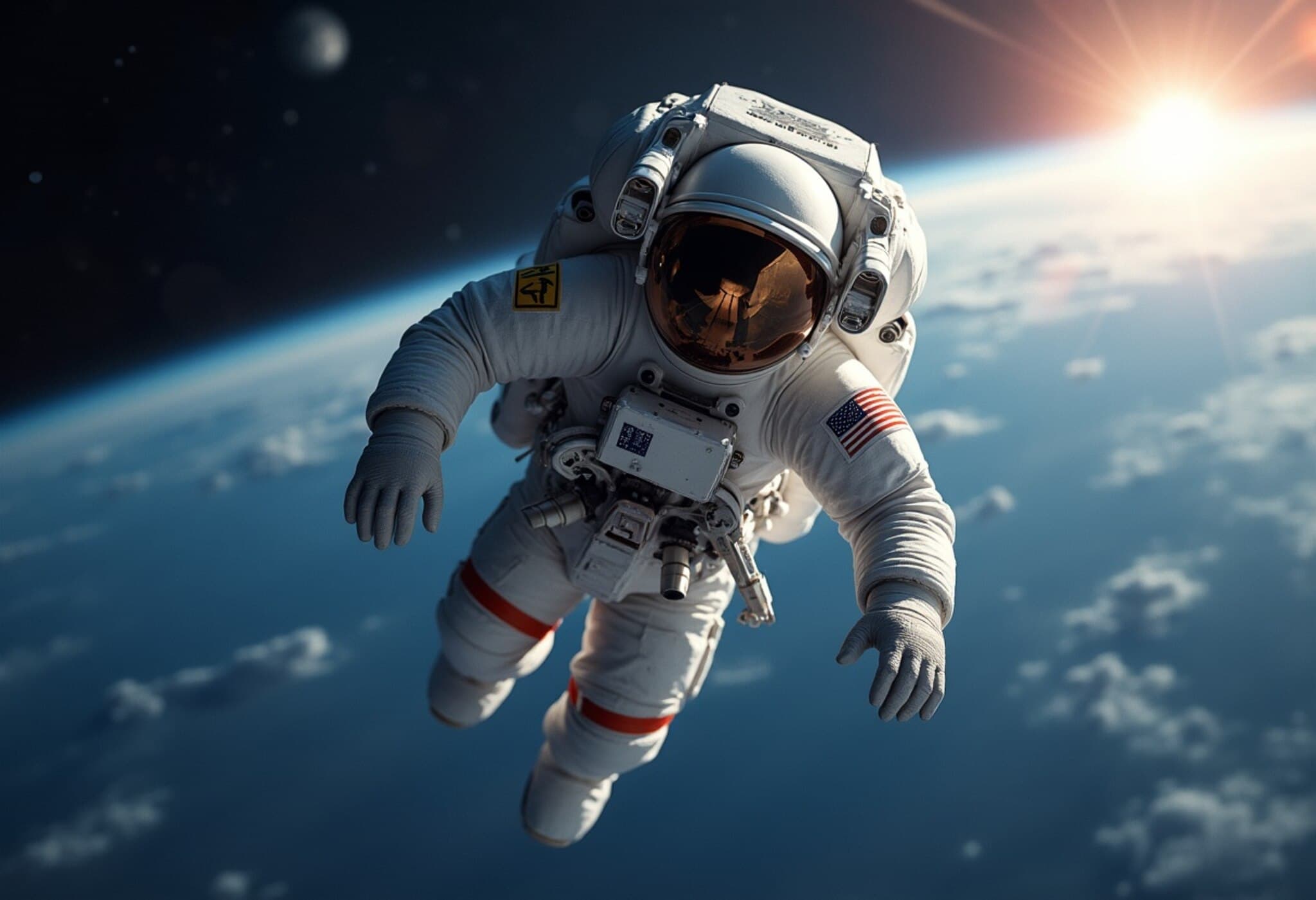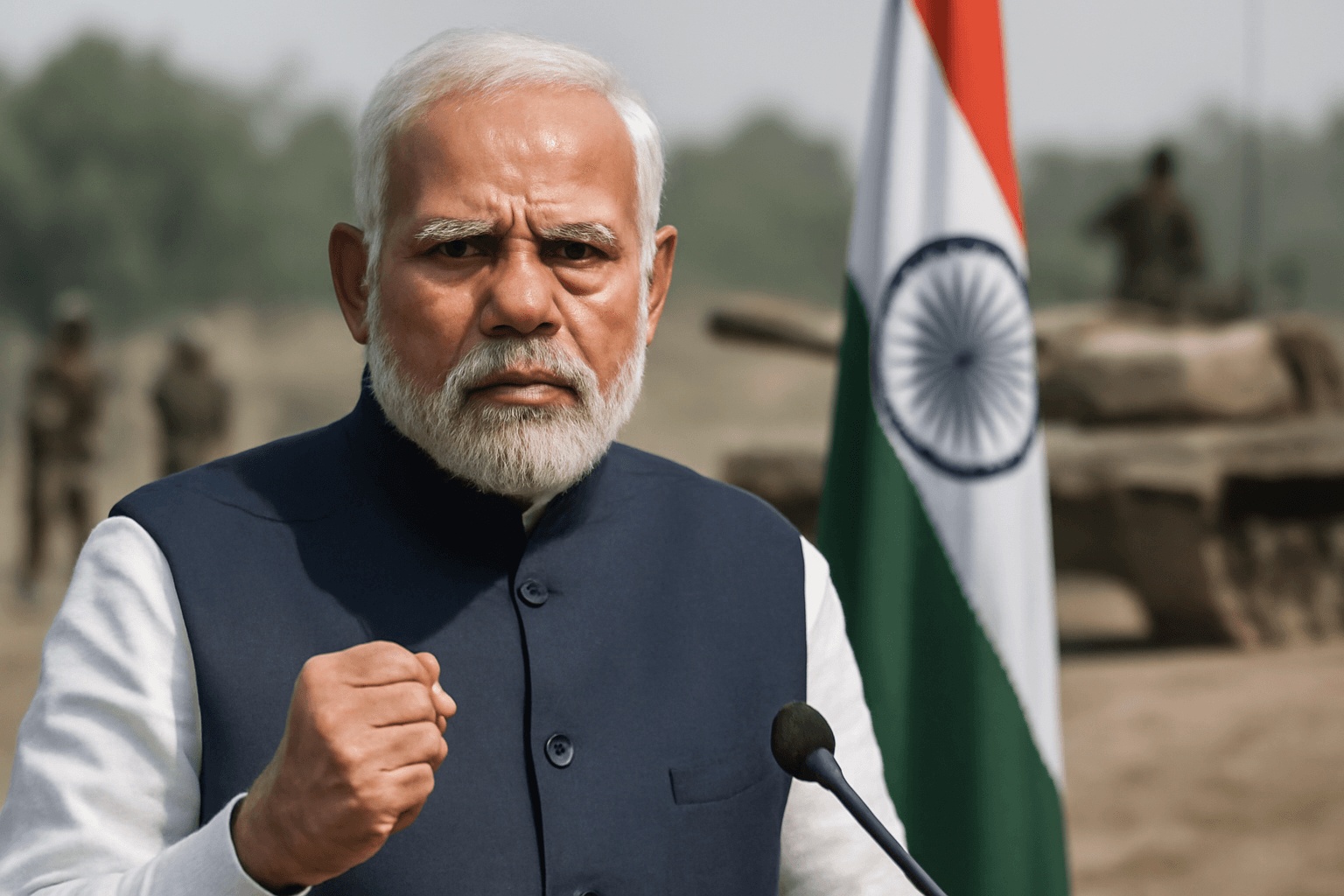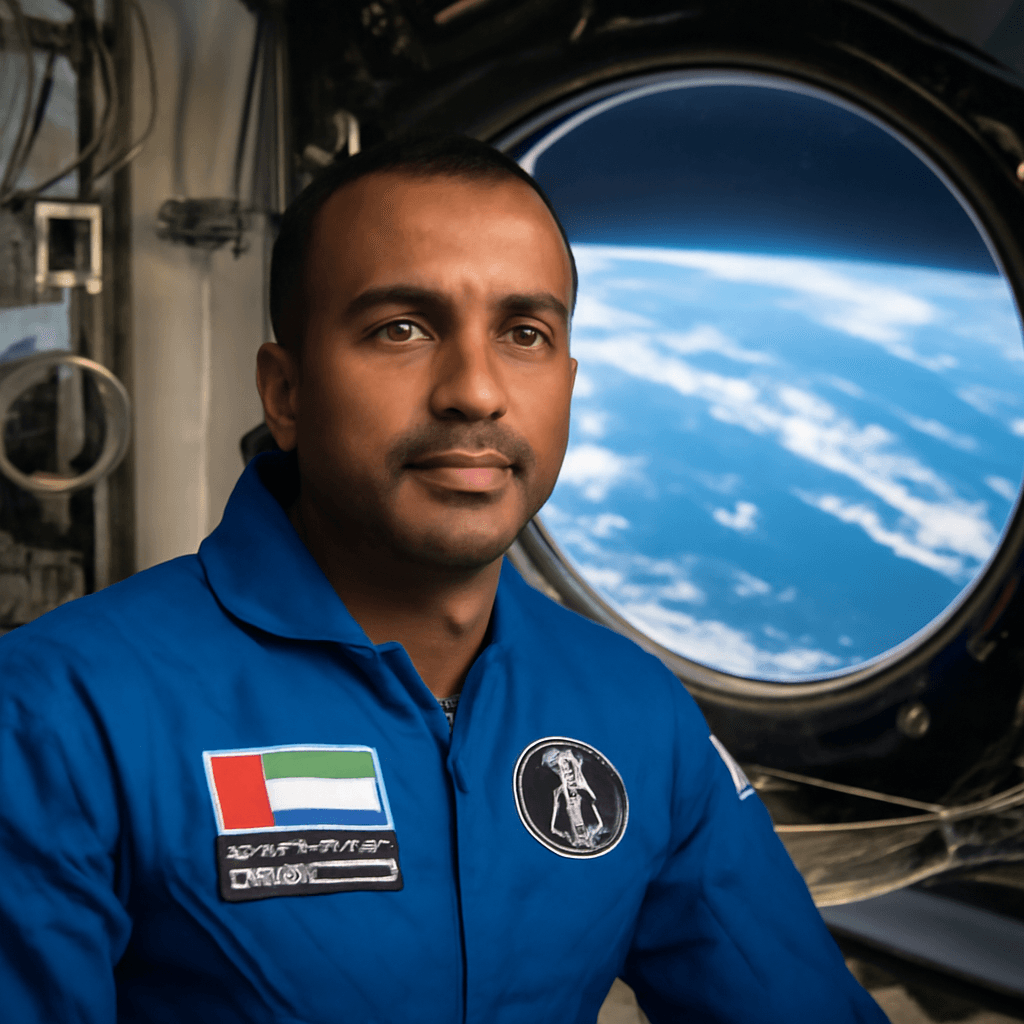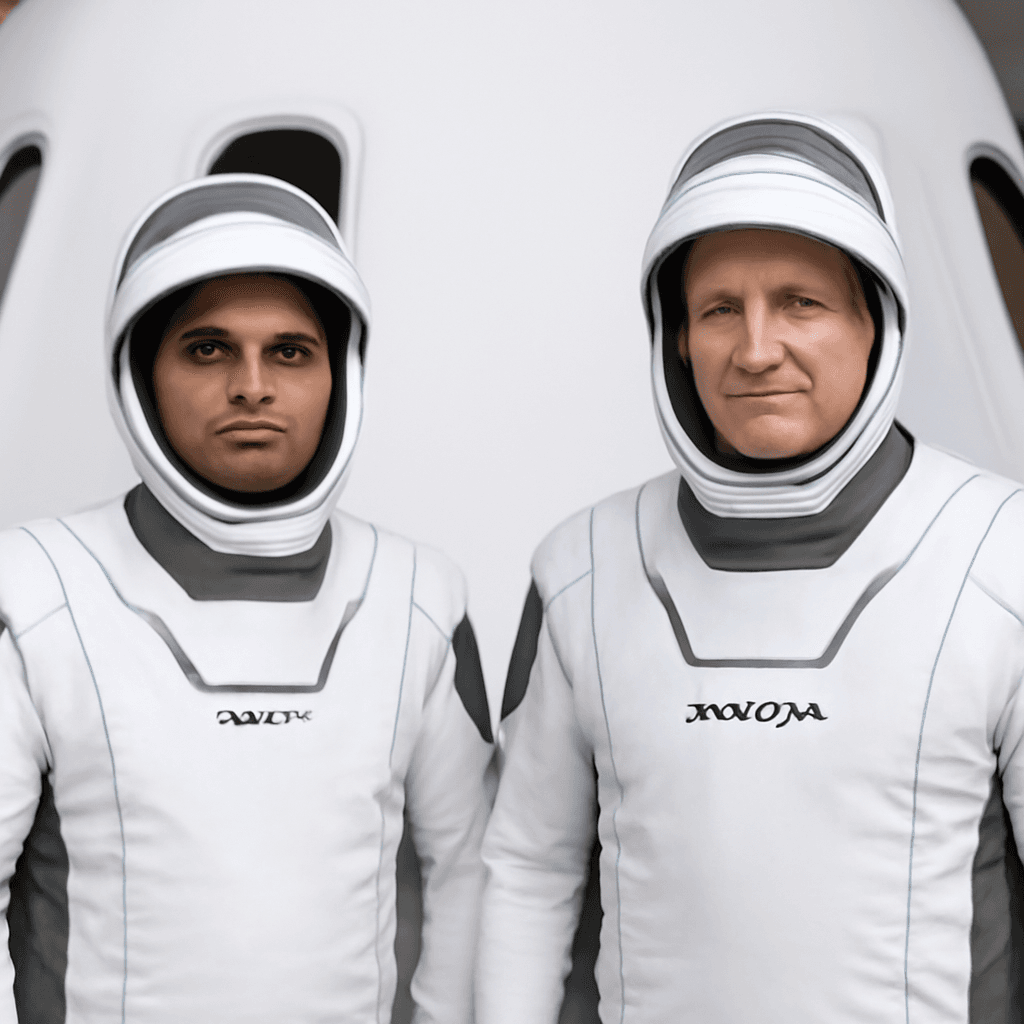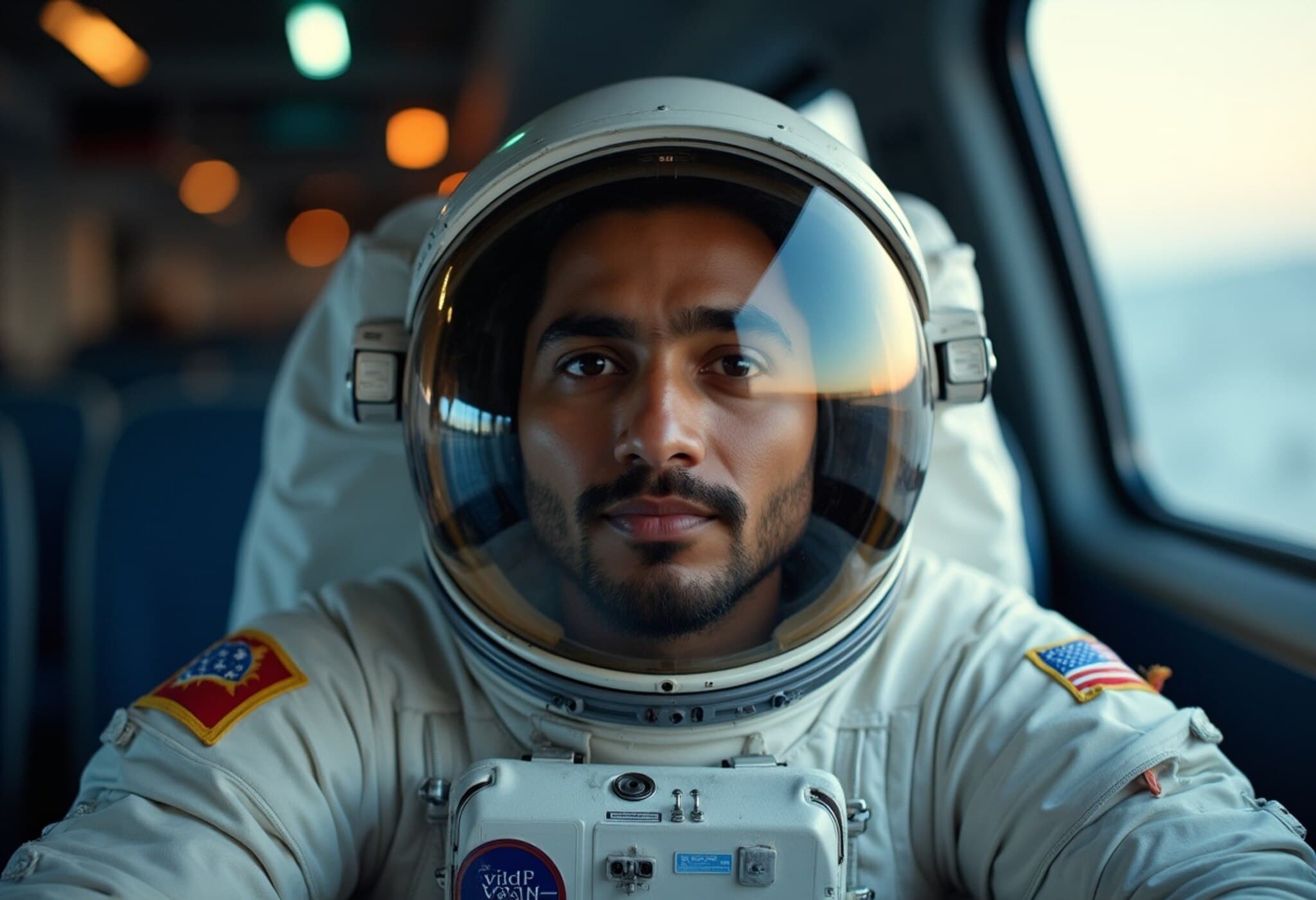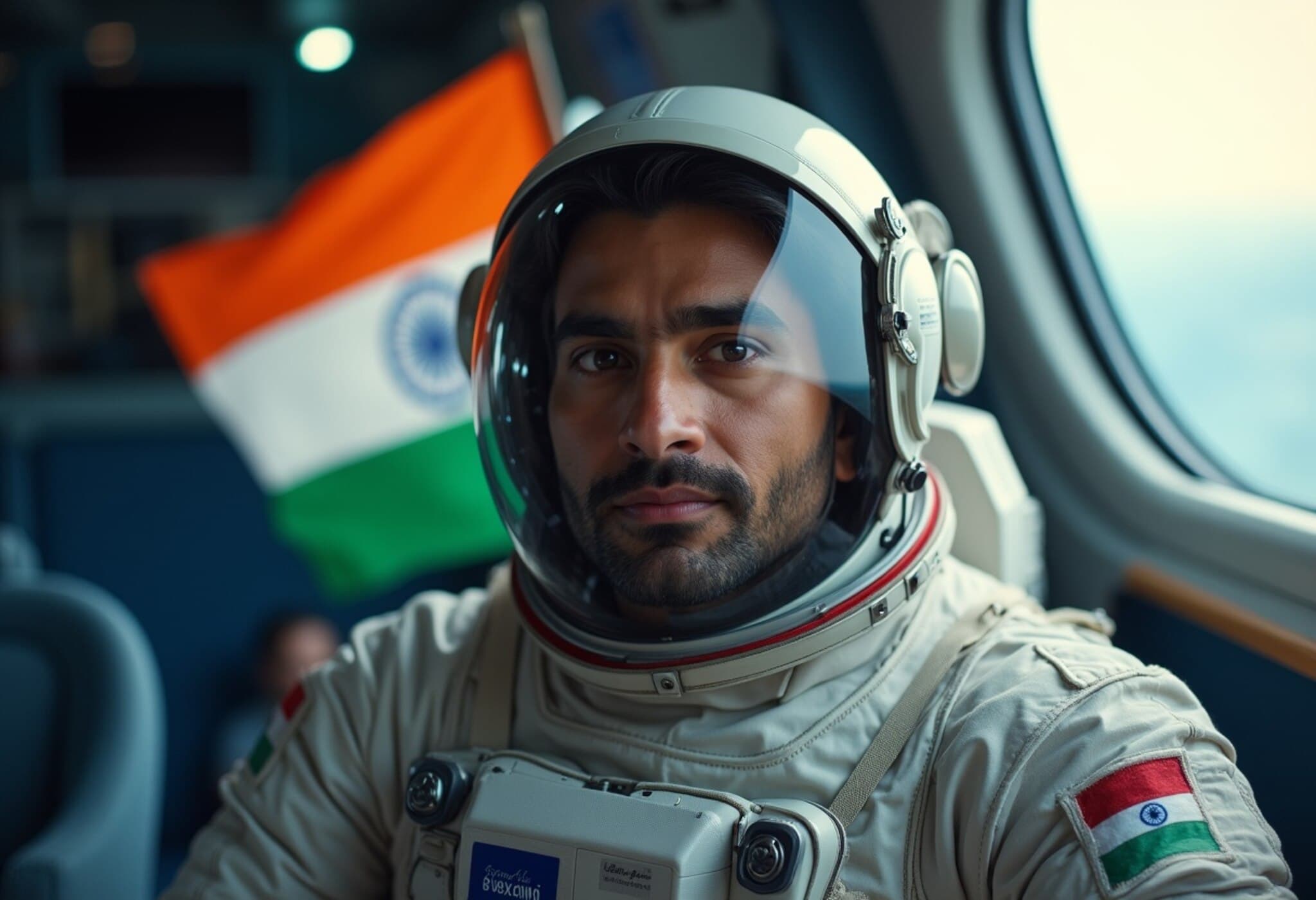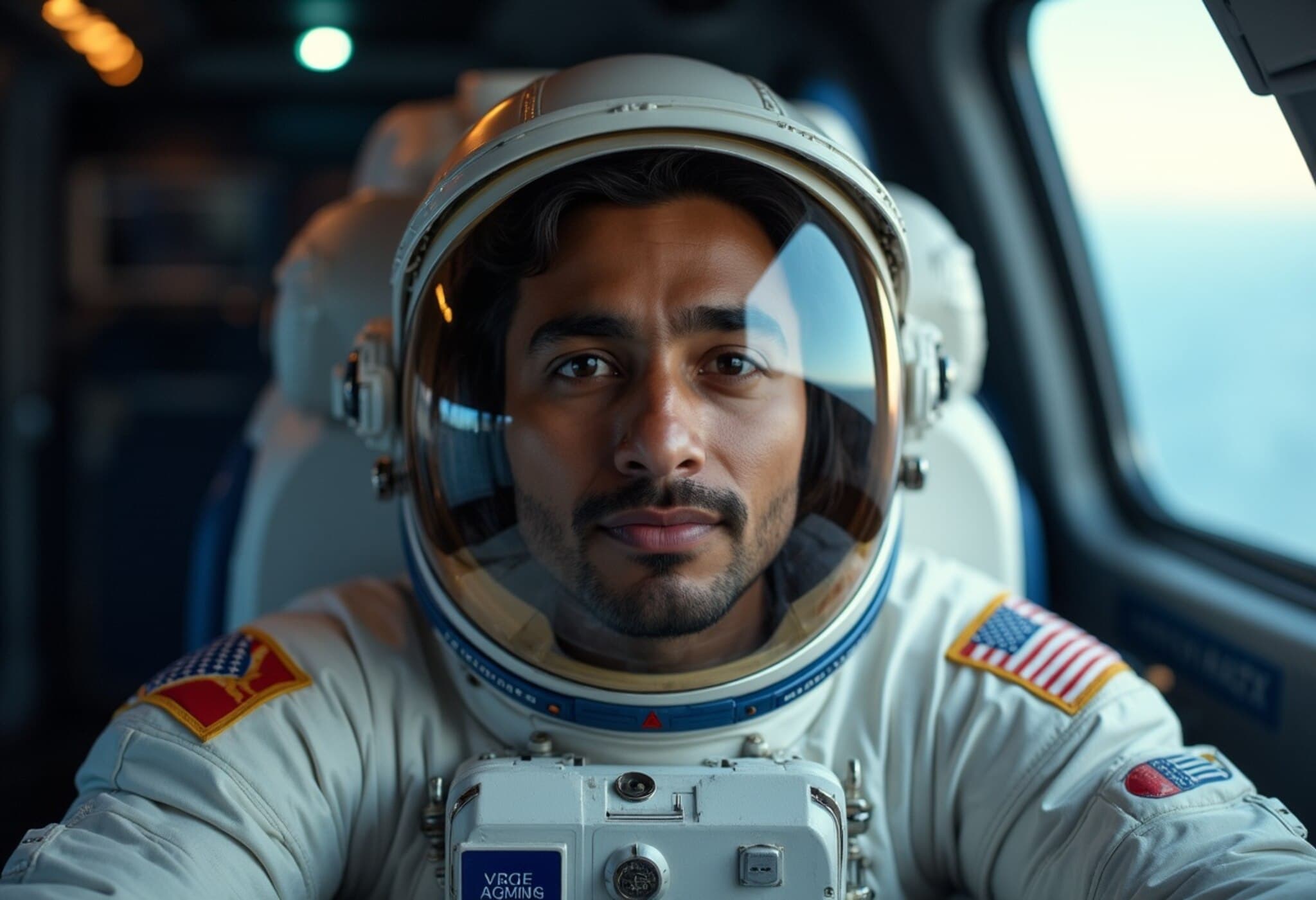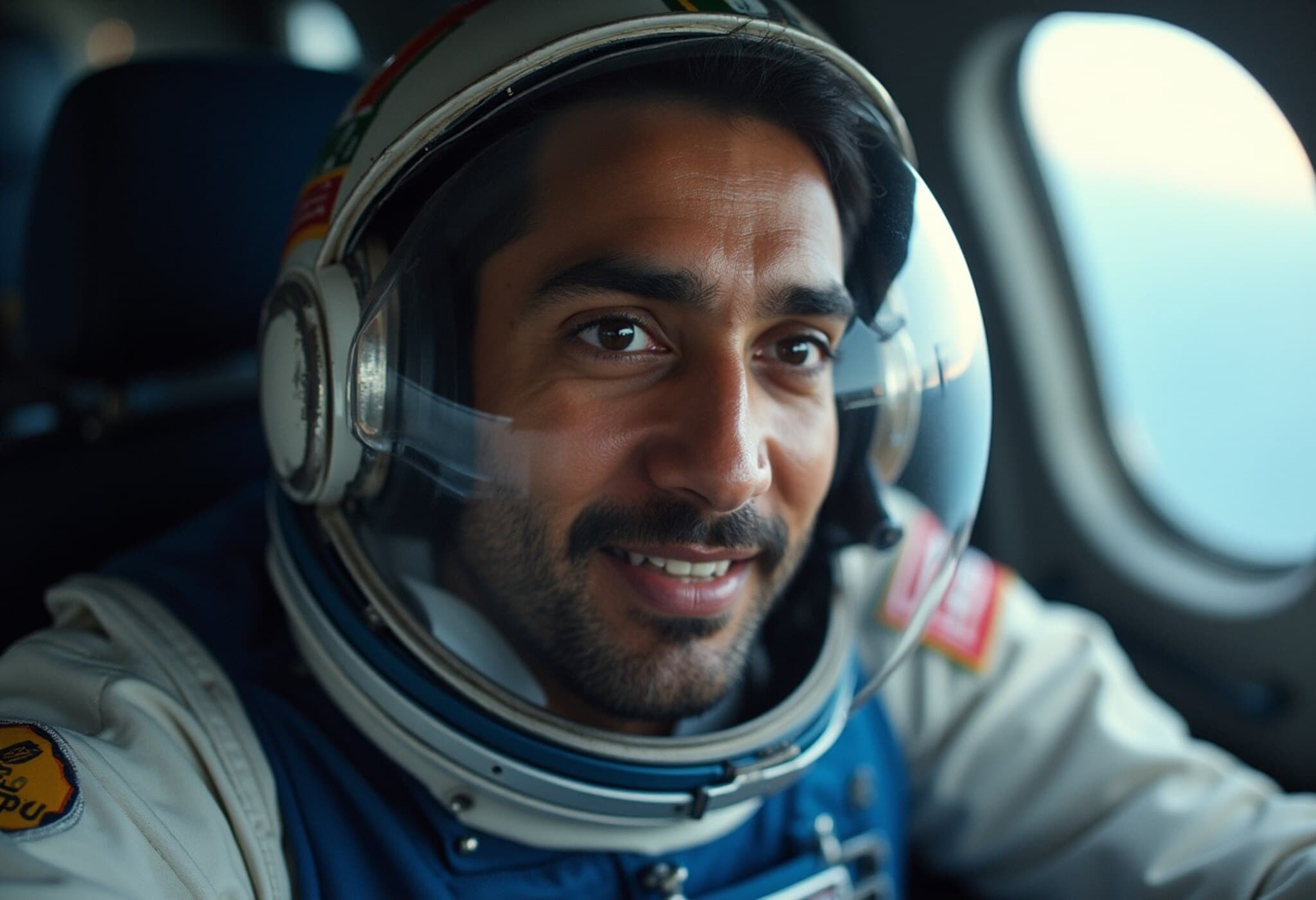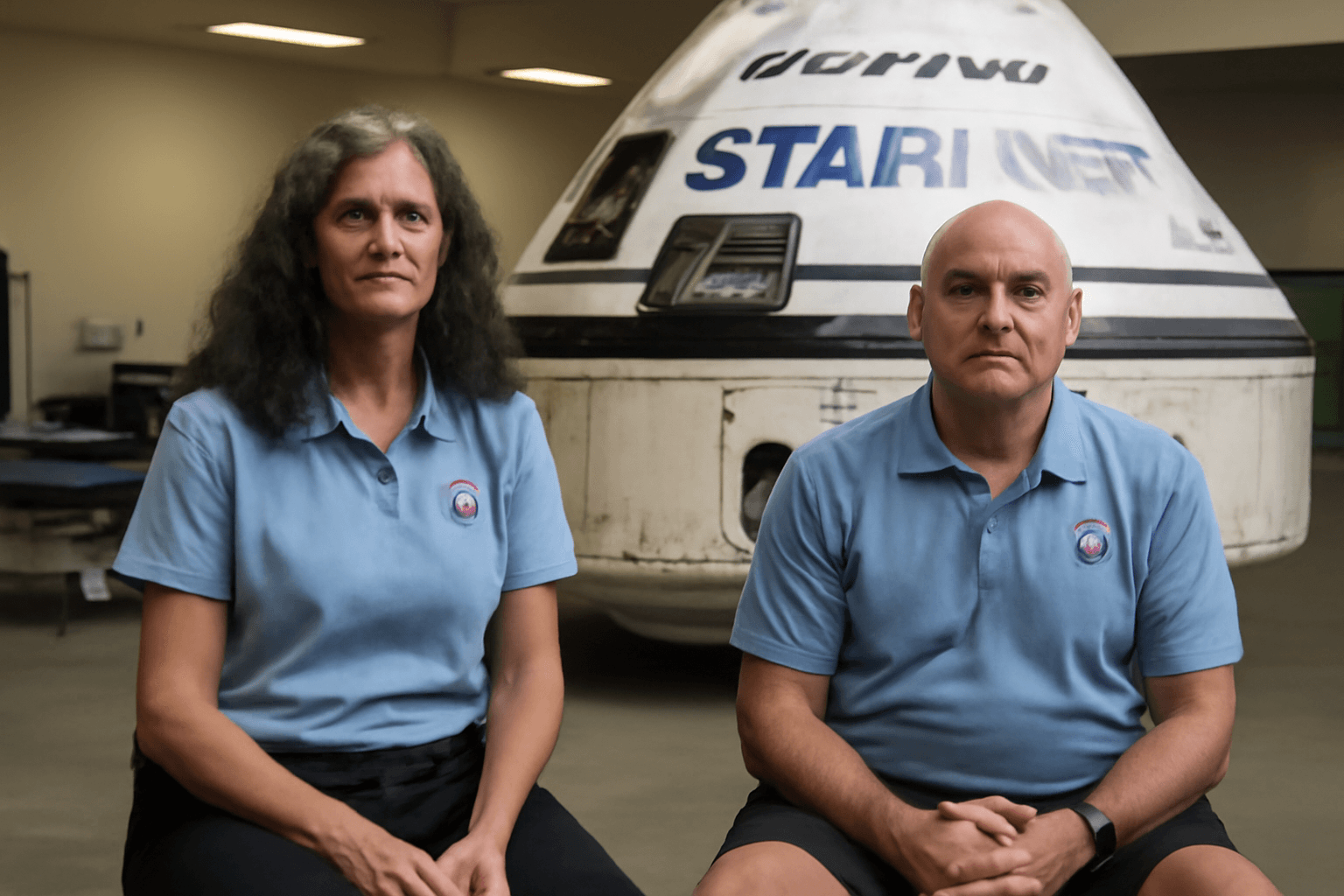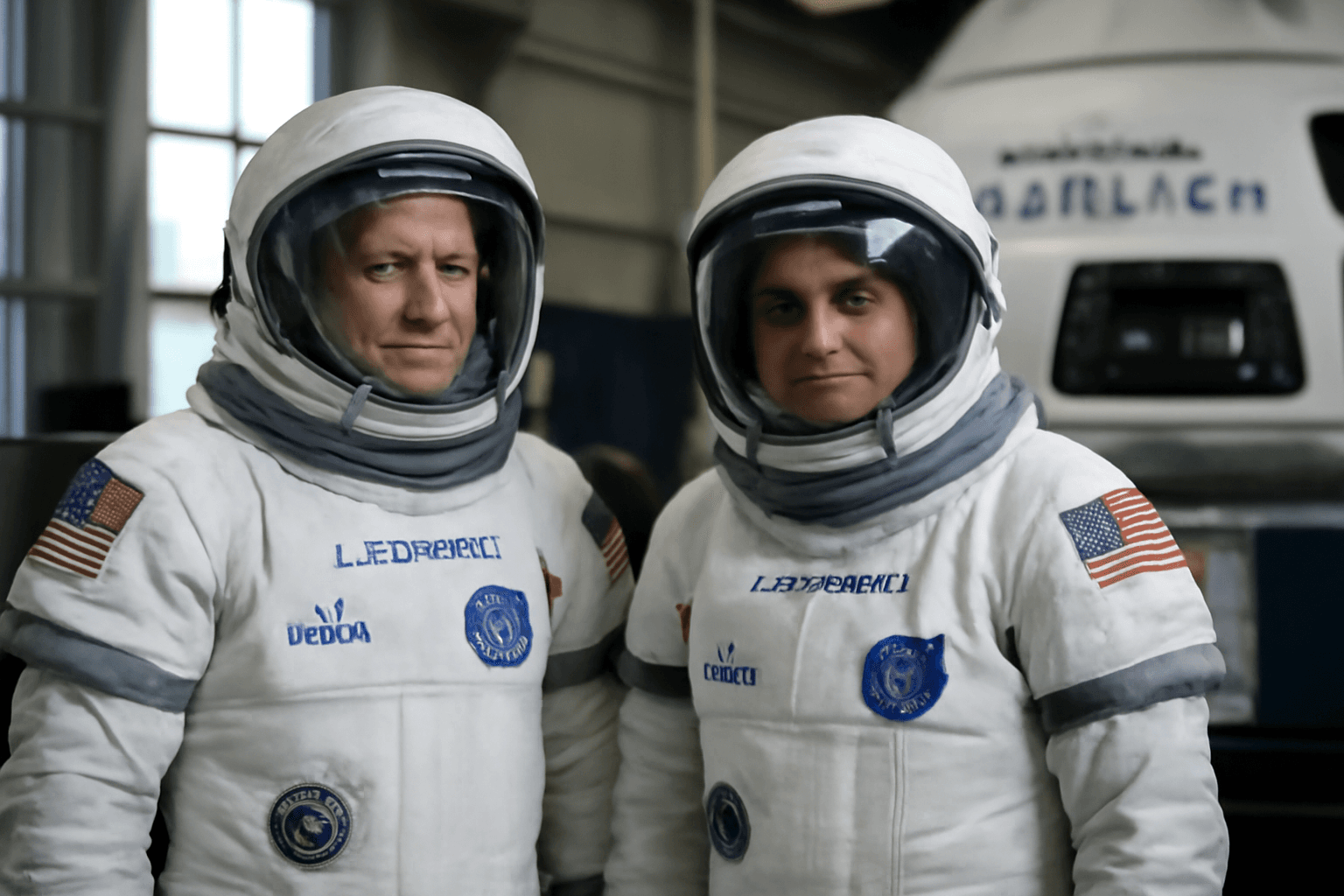Axiom 4 Mission: A New Chapter for India, Poland, and Hungary in Space
The recent Axiom 4 mission has set a remarkable precedent, marking the first time in nearly 50 years that astronauts from India, Poland, and Hungary have ventured into space. This milestone not only highlights a significant achievement for these nations but also symbolizes a renewed collaboration between Europe and Asia in human space exploration.
Historic Launch and Mission Details
Launched with the collaboration of Axiom Space, NASA, and SpaceX, the astronauts embarked on their journey aboard the SpaceX Crew Dragon capsule. This mission is particularly notable as it utilizes the fifth and final Crew Dragon spacecraft named 'Grace', joining the ranks of Endeavour, Resilience, Endurance, and Freedom.
Currently orbiting Earth and approaching the International Space Station (ISS), the four astronauts are set to spend 15 days docked at the ISS for collaborative scientific work and international cooperation.
A Legacy Fifty Years in the Making
The astronauts from these three countries experience a vastly changed world compared to their predecessors, who journeyed into space during the late 1970s and early 1980s amid Cold War tensions. Back then, India, Poland, and Hungary sent cosmonauts aboard Soviet missions, symbolizing a bygone era defined by the Iron Curtain.
- India's last astronaut, Rakesh Sharma, traveled to Salyut 7 in 1984.
- Poland's last spacefarer, Miroslaw Hermaszewski, flew to Salyut 6 in 1978.
- Hungary’s last astronaut, Bertalan Farkas, flew to Salyut 6 in 1980.
None of the current astronauts were even born during that era, emphasizing the mission's historic importance.
India’s Growing Ambitions in Space
For India, this mission represents more than a symbolic milestone. The Indian Space Research Organisation (ISRO) views it as a critical step toward its upcoming crewed space endeavors. India's maiden human spaceflight under its Gaganyaan programme, slated for 2027, aims to solidify the nation's presence in space, with plans to establish its own space station within the next decade.
Upon lift-off, Indian astronaut Shubhanshu Shukla expressed his excitement, stating in Hindi, "What a fantastic ride." He emphasized, "This isn't just the start of my journey to the International Space Station — it is the beginning of India's human space programme." Prime Minister Narendra Modi lauded the mission, wishing Shukla and his fellow astronauts success on behalf of the nation’s 1.4 billion citizens.
SpaceX's Final Crew Dragon and Vision for the Future
SpaceX's participation in the Axiom 4 mission is also historic, as it marks the debut flight of its latest Crew Dragon capsule named 'Grace'. This vehicle is part of a fleet that SpaceX plans to eventually retire in the 2030s in favor of its next-generation spacecraft, the Starship.
The mission’s launch was flawless, with the Falcon 9 rocket placing the Crew Dragon into low Earth orbit before safely returning to NASA's Kennedy Space Center in Florida just eight minutes after lift-off.
Countdown to Docking and Mission Outlook
The crew is expected to dock with the ISS around 1100 GMT (1630 IST), where they will carry out their mission over the next two weeks. Commanding the mission, Peggy Whitson praised the elegance of their journey, remarking that it illustrates "the harmony of science and spirit" and embodies the humility required to explore beyond our planet.
Looking Ahead
With this historic launch, India, Poland, and Hungary are revitalizing their connection to human spaceflight, stepping confidently into a new era of exploration. The success of Axiom 4 serves both as a testament to international cooperation and a beacon for future missions that will further advance humanity's reach into the cosmos.

